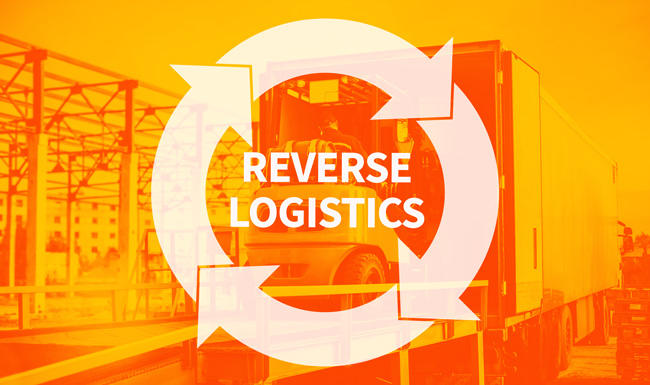
E-Invoicing and Its Geopolitical Stakes
France’s electronic invoicing reform relies on a Y-architecture, where Partner Dematerialization Providers (PDPs) play a central role in issuing and…
Generix Announces the Appointment of Olivier Vaillancourt as General Manager for North America View the press release

This commercial revolution led to many new opportunities for growth and success, but also showed difficulties inherent to an activity that is relatively new in terms of its massification and whose development will be consolidated over time. One of the most striking and decisive features for the retailer is the high, and growing, number of returns that accompany online commerce.
Just as traditional department stores once determined the de facto conditions for returning products, something similar is happening with e-commerce. The major operators have opted to consolidate the buyer’s confidence by making it as easy as possible to exchange and return products.
In fact, according to a study by KPMG, buyers return 33% of the products purchased online, so reverse logistics is no longer a small portion of a business, but a decisive feature in an activity in which logistics is of paramount importance.
Returning a product is an increasingly standardized action and since, the customer has understood that the return must also take place with the utmost convenience (and safety during a pandemic). It is common for pickups to be part of the daily activities of parcel delivery companies, this complicates logistics operations in the last mile, the most delicate of the entire chain. There are sectors, such as fashion, where returns have become a common tactic for certain buyers, who purchase several sizes and colors of each garment to ensure they get it right. In such cases, returns are assured, and the commercial margin of these operations may disappear. Other sectors where returns are common are accessories and technology.
Ensuring the smooth running of the business therefore requires careful and controlled management of the entire reverse logistics process, which affects not only collection and transport but also stock management, quality checks, the return of the product to availability and even the inevitable part of lost or damaged goods.
With margins as tight as they are in e-commerce, it is easy for the lack of returns control to impact profits, as logistics costs are often already close to the value of many products sold daily on the Internet. Fortunately, technological tools make it possible to manage all logistics activities, including reverse logistics and related tasks, by automating processes, making them more efficient, providing visibility and ensuring the integration of carriers.
New sales formats and more opportunities inevitably bring new problems and the need for tools to solve them. Generix’s proven solutions cover the entire spectrum of e-commerce logistics needs.
Many years of experience in the development of specific technological tools for logistics management allows Generix Group North America to offer robust solutions that cover all the needs of e-commerce, from warehouse management to integration with the rest of the components of the supply chain, including electronic invoicing and even tax solutions.
The SAAS format allows scaling investments in an agile and proportional way to the usage needs of our client companies, avoiding significant disbursements and guaranteeing the constant updating of tools, a fundamental characteristic in a segment that is advancing as fast as e-commerce.
If you have a need to cover reverse logistics in your company, please contact us to learn more.

France’s electronic invoicing reform relies on a Y-architecture, where Partner Dematerialization Providers (PDPs) play a central role in issuing and…

The B2B mandate in Germany, set to take effect on January 1, 2025, marks a crucial step in the European…

Following the October 15 announcement regarding the abandonment of the PPF development, the DGFIP and its partner AIFE are ramping…

Work with our team to build your ideal supply chain software stack and tailor it to your unique business needs.